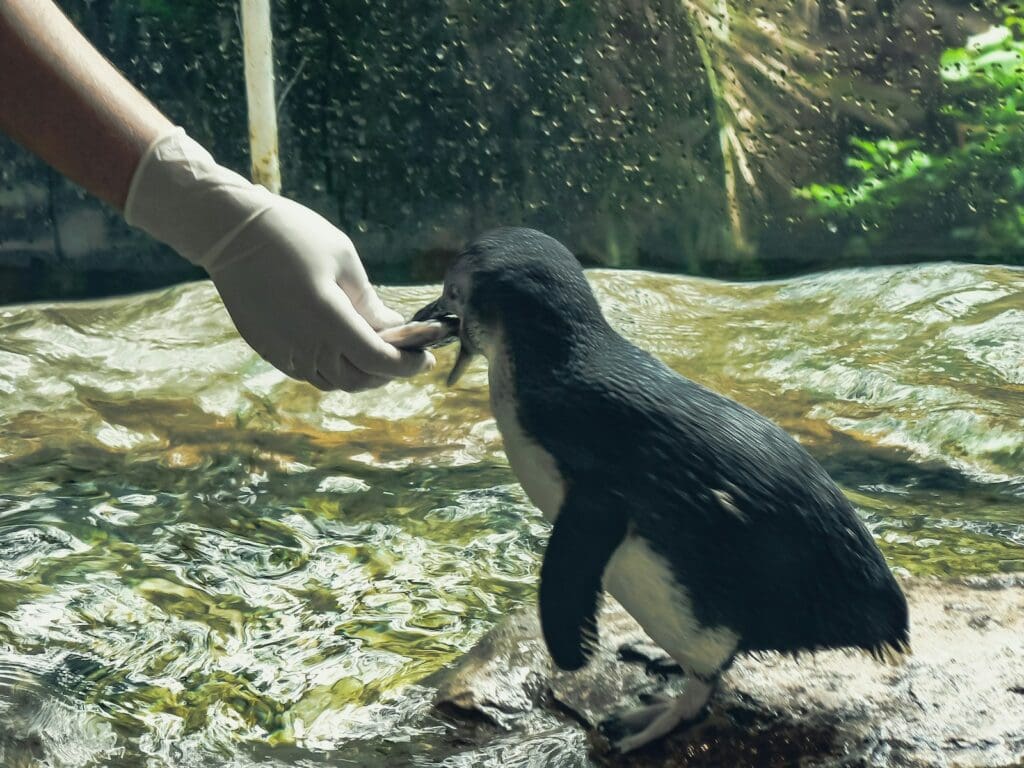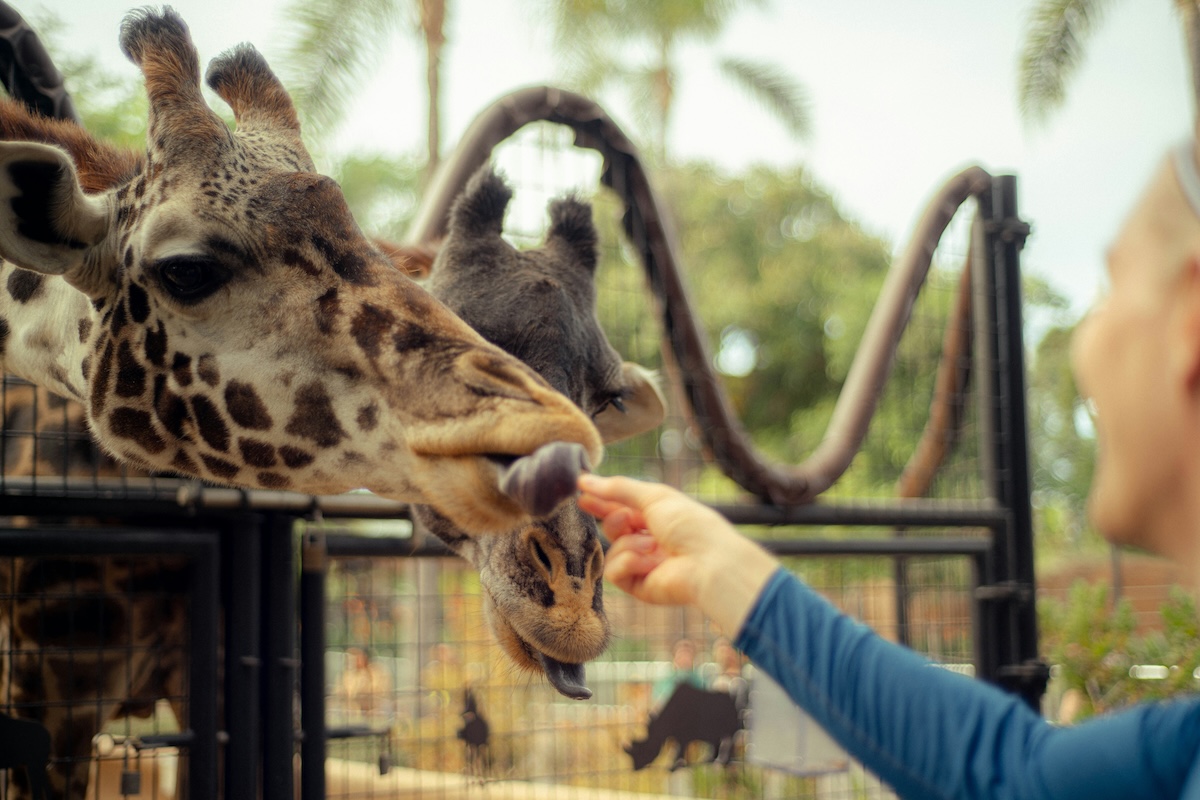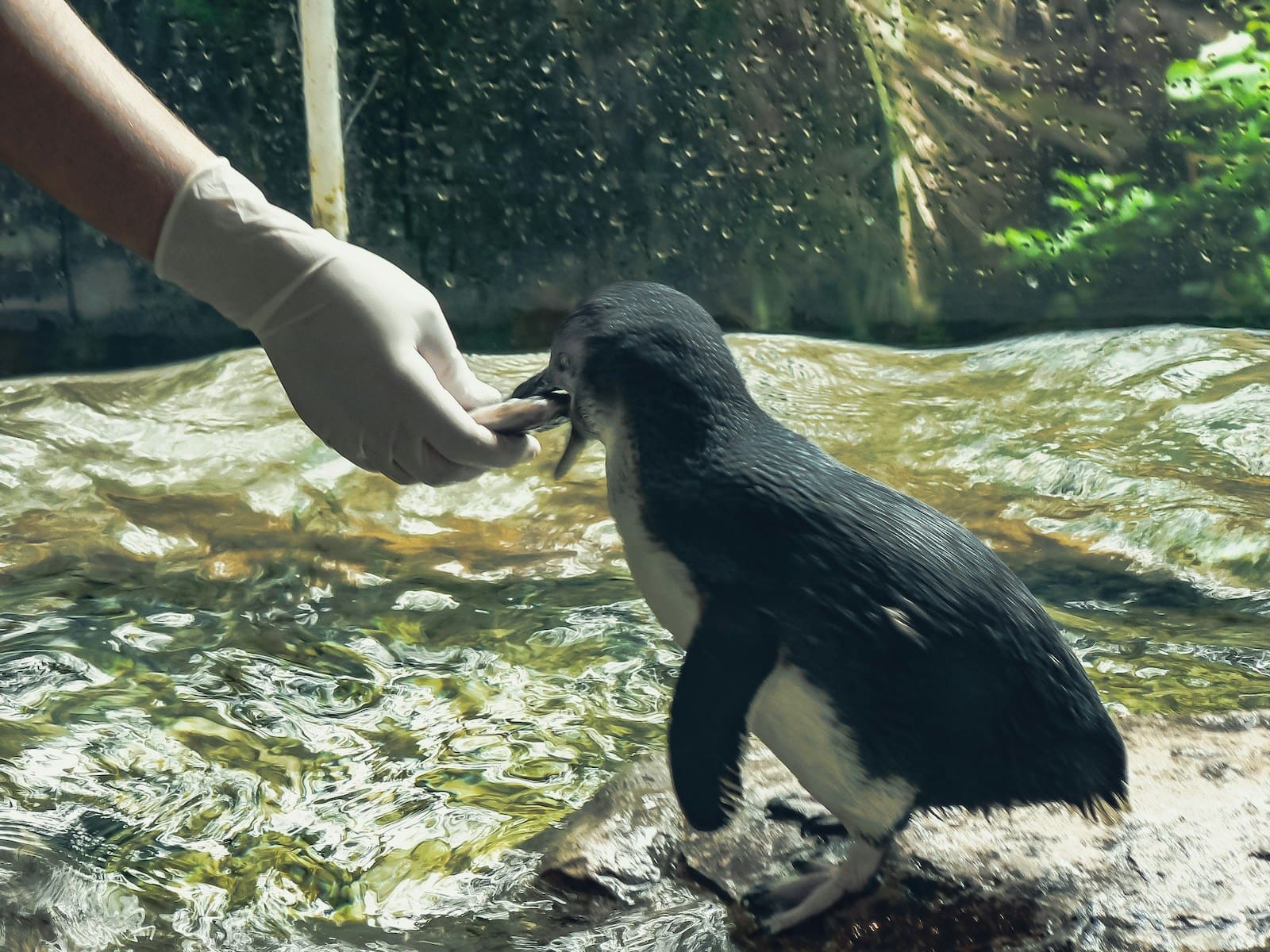
Zoo Researchers’ Daily Grind – Unveiling the Dedicated Wildlife Guardians
Visiting a zoo offers a glimpse into the lives of animals from around the globe, but the true heartbeat of these conservation centers lies in the day-to-day endeavors of zoo researchers. These dedicated scientists engage in a variety of crucial tasks that often go unnoticed by the public. From analyzing animal behavior to conducting vital conservation efforts, their work is essential in enhancing our understanding of wildlife and ensuring the health and well-being of zoo inhabitants.
The daily grind for these researchers involves more than just observing animals. It’s a complex routine that intertwines care, science, and education. They may start their mornings collecting samples for study, such as examining feces to extract hormones, as seen in the work of zoo scientist Rachel Santymire. These samples can reveal a wealth of information about an animal’s health and reproductive status, contributing to broader efforts in species preservation. This meticulous work behind the scenes is as rewarding as it is challenging, reflecting a deep commitment to animal conservation.
Moreover, behind-the-scenes tours provide a unique perspective on what goes into animal care and research at these facilities. They offer visitors a chance to meet animals up close and learn about the complex care regimens that are involved in maintaining the health of these creatures. For instance, the Saint Louis Zoo offers encounters that allow for an intimate understanding of the roles researchers play in zoo operations and animal welfare. By shedding light on these behind-the-scenes activities, we gain a deeper appreciation for the tireless efforts of the individuals devoted to preserving Earth’s precious wildlife.
A Day in the Life of Zoo Researchers
Zoo researchers play a critical role in understanding animal behavior, ensuring animal welfare, and contributing to conservation efforts. They operate behind the scenes, where their daily grind revolves around care for a diverse array of animals, from fish to tigers.
Understanding Animal Behavior
Zoo researchers start their day by observing animals in their habitats, paying close attention to behaviors that might indicate the animals’ needs or well-being. For example, they might note the social dynamics of a troop of lemurs or monitor an elephant’s response to its environment. This direct observation is critical to understanding the subtle nuances of animal behavior, which can inform care strategies and help promote positive welfare outcomes.
The Importance of Enrichment
Part of a zoo researcher’s responsibility includes orchestrating enrichment activities that stimulate the animals mentally and physically. Whether it involves complex puzzle feeders for birds such as parrots, or innovative foraging games for giraffes, these activities aim to mimic challenges animals would encounter in the wild, thereby enhancing their life in captivity.
Documenting and Collecting Data
Each interaction with the animals, whether routine care or during enrichment exercises, is meticulously documented. Researchers collect data ranging from dietary intake to behavioral responses and feces analysis. For species like the endangered tortoise, these data are invaluable to wildlife conservation, aiding in breeding programs and helping to ensure the longevity of these treasured beings. Similarly, the analysis of tiger behaviors can guide conservation practices both in zoos and in the animals’ native habitats.
Zoo Conservation Efforts
Zoo conservation efforts play a pivotal role in safeguarding endangered species and improving animal welfare through dedicated programs and initiatives.
Species Preservation Programs
Zoos are at the forefront of wildlife conservation, orchestrating Species Preservation Programs that are crucial for the survival of many endangered species. They participate in carefully managed breeding plans to increase population numbers, an approach that has proven successful for species like elephants and tigers, which are often the stars of the show in terms of conservation.
For example, the Association of Zoos and Aquariums (AZA) designs Species Survival Plans® that collaborate internationally to ensure genetically diverse and demographically stable populations. Meanwhile, behind the scenes, zoo researchers meticulously track genetic information and orchestrate transfers of animals between institutions to support genetic diversity.
Habitat and Welfare Improvement
The welfare of animals in captivity is a paramount consideration, and zoos invest considerable resources into Habitat and Welfare Improvement. Recognizing that an animal’s well-being is intrinsically linked to the quality of its habitat, zoos strive to mimic natural environments, which encourages natural behaviors, thus enhancing the animals’ quality of life.
Through collaborations and research, zoo biologists and veterinarians gain insight into the specific needs of different species. Zoo Atlanta’s research emphasizes that understanding the intricacies of each species’ natural habits and habitats informs the design of zoo enclosures and enrichment activities. These efforts extend beyond the confines of the zoo, as institutions also engage in in-situ conservation, working to preserve and restore natural habitats, ensuring the long-term sustainability of wildlife conservation.
Engaging the Public
Zoos have evolved to offer more immersive experiences to visitors, aiming to educate and connect the public with wildlife conservation efforts. These engagements through meticulously planned events and backstage interactions not only enhance public knowledge but also foster a deeper appreciation for wildlife.
Educational Events and Programs
Zoos organize a variety of educational events and programs tailored to audiences of all ages. From wildlife conservations talks to interactive demos, these programs serve to enlighten visitors about the intricate behaviors and habitats of different species. Families and small groups are often encouraged to participate in these events, which may include activities like animal feeding demonstrations, allowing them to gain hands-on experience and build lasting memories through direct involvement.
Behind-the-Scenes Experiences
The behind-the-scenes experiences offer a sneak peek into the day-to-day work of zoo keepers. These exclusive tours provide small groups or members a chance to see what goes on beyond the public displays at the zoo. These encounters may include visiting medical facilities, observing animal training sessions, or even participating in the preparation of animal diets. The interactive nature of these experiences allows individuals to ask questions and learn directly from the experts, gaining insights into the critical role zoos play in species conservation.


